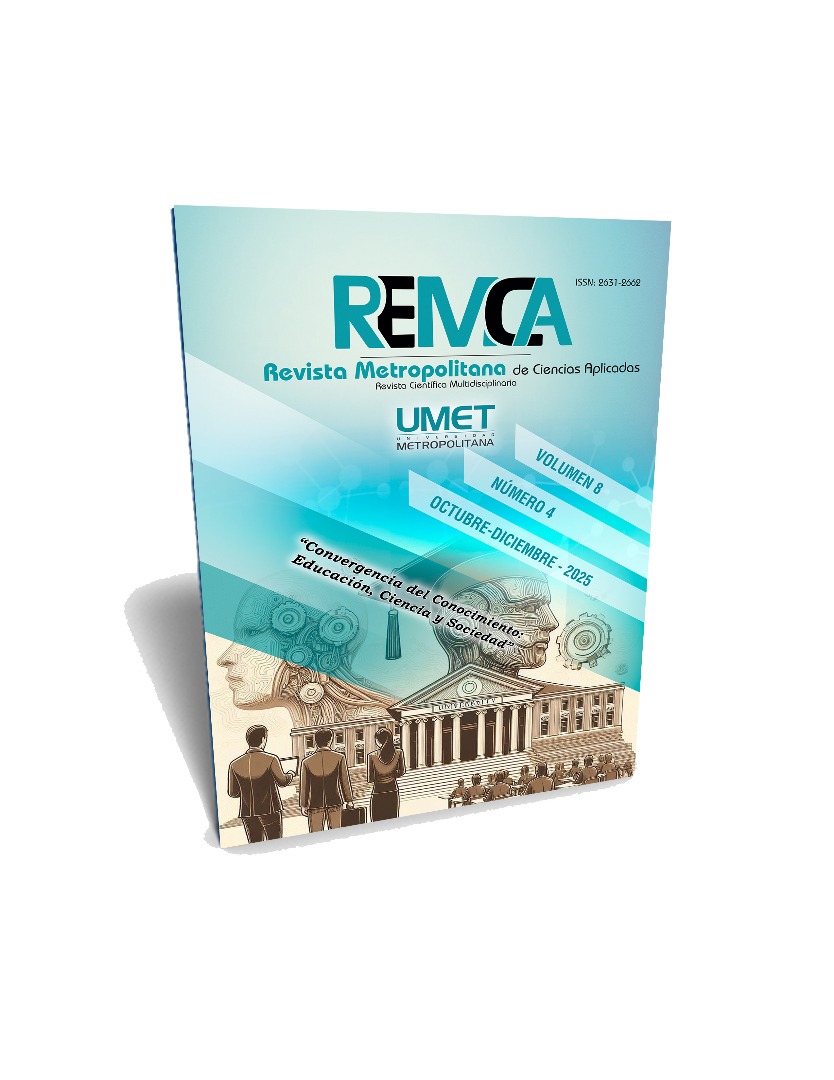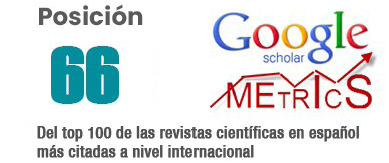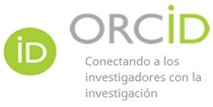Evaluation of different doses of monoclonal antibodies in the treatment of allergic rhinitis in adolescents
DOI:
https://doi.org/10.62452/twftaw57Keywords:
Monoclonal antibodies, allergic rhinitis, adolescents, analysis of varianceAbstract
Allergic rhinitis is a highly prevalent chronic disease in adolescents, with a significant impact on their quality of life and daily functioning. This study aimed to evaluate the clinical effect of three different doses of monoclonal antibodies (75 mg, 150 mg, and 300 mg every 4 weeks) in adolescents with moderate to severe allergic rhinitis. A quasi-experimental study was conducted with 60 participants equally distributed across three groups. Variables such as the Total Nasal Symptom Score (TNSS), quality of life (RQLQm), use of rescue medication, and the presence of adverse events were measured over a 12-week period. The results showed significantly greater clinical improvement with the higher doses, reaching up to a 70% reduction in symptoms in the 300 mg group, along with a notable improvement in quality of life and a reduced need for additional medications. Analysis of variance (ANOVA) confirmed statistically significant differences between the three groups. Adverse effects were mild and manageable, more frequent at the high dose, without compromising the overall safety of the treatment. It is concluded that monoclonal antibodies, especially at intermediate and high doses, represent an effective and safe option for adolescents with refractory allergic rhinitis, although dose personalization and individual monitoring of adverse effects are recommended. This study provides valuable evidence to optimize the use of biologic therapies in pediatric and adolescent populations and suggests the need for additional, larger-scale and longer-term research.
Downloads
References
Agüero, C. A., Sarraquigne, M. P., Parisi, C. A. S., Mariño, A. I., López, K., Menéndez Porfirio, B., Sasia, L., Lozano, A., Bovina Martijena, M. D. P., Gervasoni, M. E., Bózzola, M., Colella, M., Saranz, R., Orellana, J., Máspero, J. F., Seisdedos, V., Behrends, I., Blanco, A., Dayán, P., Matta Ruffolo, M., … Bandin, G. (2023). Rinitis alérgica en pediatría: recomendaciones para su diagnóstico y tratamiento [Allergic rhinitis in pediatrics: recommendations for diagnosis and treatment]. Archivos argentinos de pediatria, 121(2), e202202894. https://doi.org/10.5546/aap.2022-02894
Barrera, M., & Chahuán, J. (2024). Esofagitis eosinofílica: más allá del tratamiento con inhibidores de bomba de protones (uso de biológicos). Gastroenterol. latinoam, 35(2), 75-80. https://gastrolat.org/DOI/PDF/10.46613/gastrolat2024002-08.pdf
Barría, P., Holguin, F., & Wenzel, S. (2015). Asma severa en adultos: enfoque diagnóstico y tratamiento. Revista Médica Clínica Las Condes, 26(3), 267-275. https://www.sciencedirect.com/science/article/pii/S0716864015000619
Cabrera-Navarro, P. (2006). Antiinmunoglobulina E, un anticuerpo monoclonal, en el tratamiento de las enfermedades respiratorias. Archivos de Bronconeumología, 42(5), 241-245. https://www.sciencedirect.com/science/article/abs/pii/S030028960670641X
Casale, T. B. (2025). Omalizumab: The journey of the first anti-IgE approved for asthma and allergic disorders. Journal of Allergy and Clinical Immunology, 155(1), 70-71. https://www.jacionline.org/article/S0091-6749(24)01233-8/fulltext
Castillo Vizuetea, J. A., Sastre, J., del Cuvillo Bernal, A., Picado, C., Martínez Moragón, E., García, J. M. I., Cisneros Serrano, C., Álvarez Gutiérrez, F. J., & Mullol Miret, J. (2019). Rinitis, poliposis nasal y su relación con el asma. Archivos de Bronconeumología, 55(3), 146–155. https://diposit.ub.edu/dspace/bitstream/2445/151539/1/12474_4098907_s030028961830334x.pdf
Cerda-Reyes, S., Maldonado-Hernández, J. G., Campos-Gutiérrez, R. I., Castillón-Benavides, N. K., & Partida-Gaytán, A. (2021). Reporte de dos casos clínicos de adolescentes con asma grave eosinofílica refractaria no controlada tratados con mepolizumab a un año de seguimiento. Alergia, Asma e Inmunología Pediátricas, 30(3), 104-109. https://www.medigraphic.com/pdfs/alergia/al-2021/al213e.pdf
Chen, Y., Wang, W., Yuan, H., Li, Y., Lv, Z., Cui, Y., Liu, J., & Ying, S. (2021). Current state of monoclonal antibody therapy for allergic diseases. Engineering, 7(11), 1552–1556. https://doi.org/10.1016/j.eng.2020.06.029
Crespo, M. P. (2024). Asma en el niño... qué hay de nuevo. FMC-Formación Médica Continuada en Atención Primaria, 31(5), 229-241. www.sciencedirect.com/science/article/pii/S1134207224000628
Elliott, M. R., Grogan, C. E., & Marshall, G. D. (2023). An update on monoclonal antibody therapy to treat moderate-to-severe asthma: Benefits, choices, and limitations. The American Journal of Medicine, 136(8), 738-744. https://www.amjmed.com/article/S0002-9343(23)00327-3/pdf
Iborrad, M. I., Merinoc, M. N., Martíneza, C. P., Belinchone, J. P., Sánchez, J., Jiménezc, J., & Asensic, J. V. (2007). Consenso sobre tratamiento del asma en pediatría. An Pediatr (Barc), 67(3), 253-73. http://www.24hsitges.com/attachments/075_Ponencies2008.pdf
Ifikhar, J., & Lam, W. (2024). Successful desensitization: oral immunotherapy in teen with anaphylactic peanut allergy and severe eczema on dupilumab. Annals of Allergy, Asthma & Immunology, 133(6), S185-S186. https://www.annallergy.org/article/S1081-1206(24)01263-8/pdf
Llanos Guevara, Y., & Huerta López, J. G. (2018). Actualización en el tratamiento del asma en pediatría. Alergia, Asma e Inmunología Pediátricas, 27(1), 10-17. https://www.medigraphic.com/pdfs/alergia/al-2018/al181c.pdf
Navarrete-Rodríguez, E., Sienra-Monge, J. J. L., & Pozo-Beltrán, C. F. (2016). Asthma in pediatrics. Revista de la Facultad de Medicina UNAM, 59(4), 5-15. https://www.medigraphic.com/pdfs/facmed/un-2016/un164b.pdf
Olivieri, B., Günaydın, F. E., Corren, J., Senna, G., & Durham, S. R. (2024). The combination of allergen immunotherapy and biologics for inhalant allergies: exploring the synergy. Annals of Allergy, Asthma & Immunology. https://www.annallergy.org/article/S1081-1206(24)00365-X/pdf
Sívori, M., & Pascanski, P. (2022). Asma grave T2 alto: análisis del diseño de los estudios clínicos de los nuevos biológicos. Revista americana de medicina respiratoria, 22(1), 98-115. https://www.scielo.org.ar/pdf/ramer/v22n1/1852-236X-ramer-22-01-98.pdf
Sociedad Argentina de Pediatría. (2009). Consenso nacional de rinitis alérgica en pediatría. Arch Argent Pediatr, 107(1), 67-81. https://www.scielo.org.ar/pdf/aap/v107n1/v107n1a15.pdf
Venancio-Hernández, M., Mendieta-Flores, E., Mendiola-Marín, J., Alaniz-Flores, A. K., & Reyes-Arellano, M. (2022). Abordaje diagnóstico del asma difícil de tratar y asma grave. Revista alergia México, 69, 94-111. https://www.scielo.org.mx/pdf/ram/v69s1/2448-9190-ram-69-s1-94.pdf
Downloads
Published
Issue
Section
License
Copyright (c) 2025 Ronelsys Martínez-Martínez, Karina Alejandra Álvarez Lino, Diana Sofía Iglesias-Espín, Christian Enrique Iglesias-Espín (Autor/a)

This work is licensed under a Creative Commons Attribution-NonCommercial-ShareAlike 4.0 International License.
Authors who publish in Revista Metropolitana de Ciencias Aplicadas (REMCA), agree to the following terms:
1. Copyright
Authors retain unrestricted copyright to their work. Authors grant the journal the right of first publication. To this end, they assign the journal non-exclusive exploitation rights (reproduction, distribution, public communication, and transformation). Authors may enter into additional agreements for the non-exclusive distribution of the version of the work published in the journal, provided that acknowledgment of its initial publication in this journal is given.
© The authors.
2. License
The articles are published in the journal under the Creative Commons Attribution-NonCommercial-ShareAlike 4.0 International License (CC BY-NC-SA 4.0). The terms can be found at: https://creativecommons.org/licenses/by-nc-sa/4.0/deed.en
This license allows:
- Sharing: Copying and redistributing the material in any medium or format.
- Adapting: Remixing, transforming, and building upon the material.
Under the following terms:
- Attribution: You must give appropriate credit, provide a link to the license, and indicate if any changes were made. You may do this in any reasonable manner, but not in any way that suggests the licensor endorses or sponsors your use.
- NonCommercial: You may not use the material for commercial purposes.
- ShareAlike: If you remix, transform, or build upon the material, you must distribute your creation under the same license as the original work.
There are no additional restrictions. You may not apply legal terms or technological measures that legally restrict others from doing anything the license permits.




